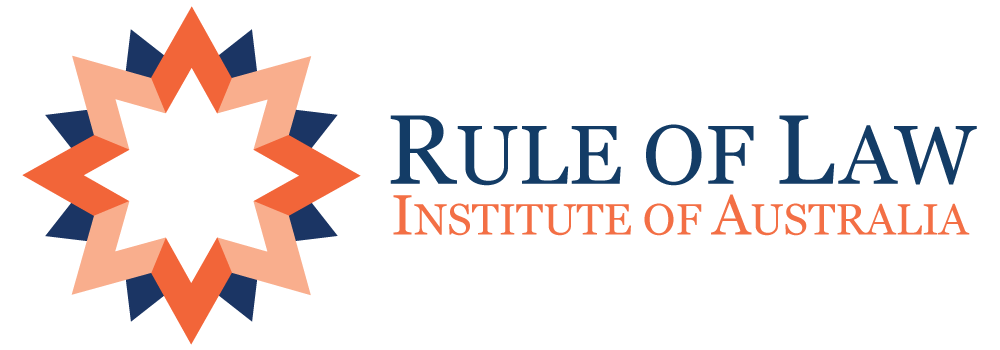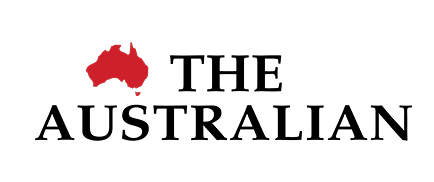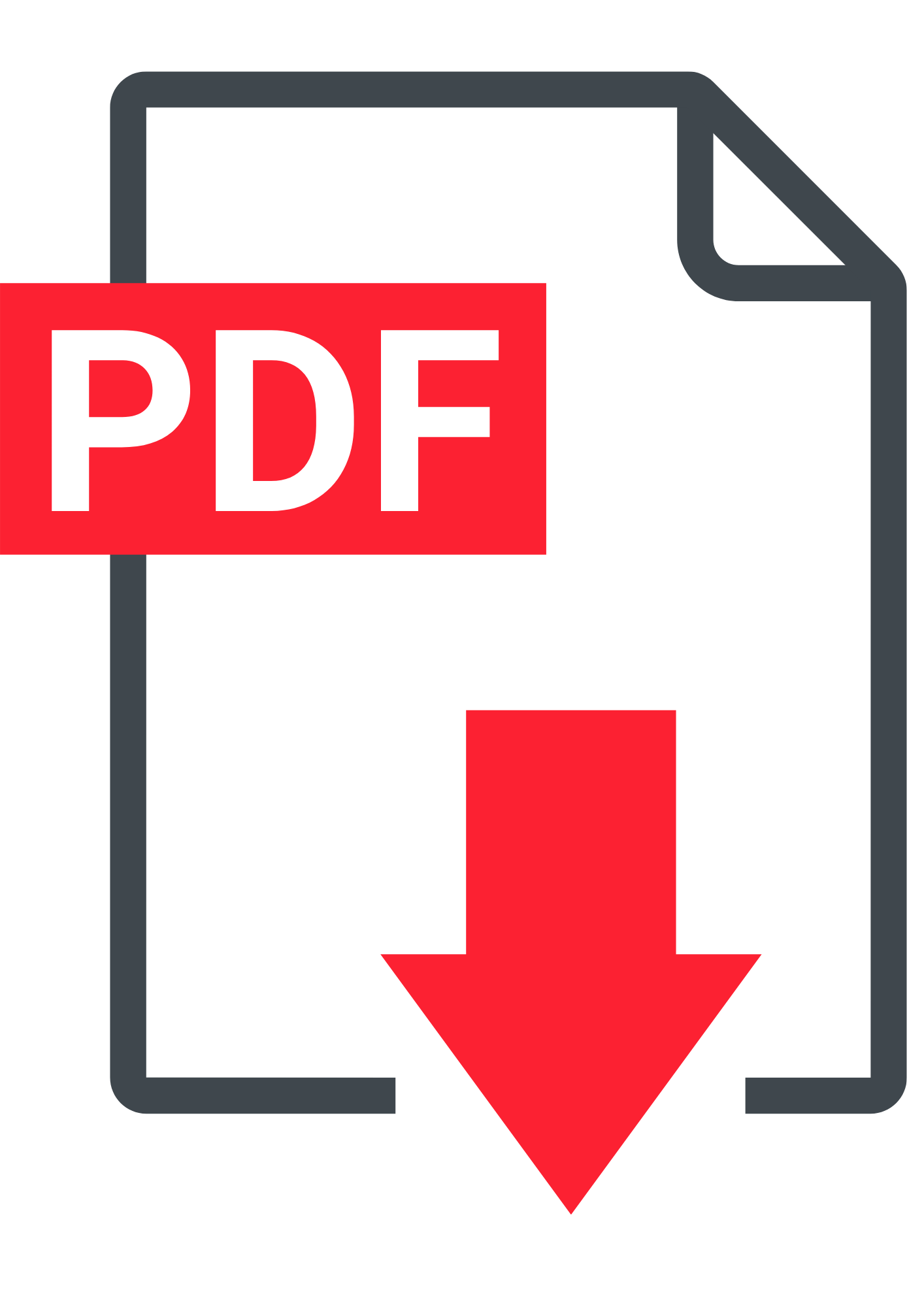Press reports this week suggest that the government is again tinkering with the words that would establish an Indigenous voice in the Constitution.
The confusion, the lack of community-wide consultation and the slow leaking of information from private meetings is undermining all that could be good about the voice.
It did not have to be like this.
Those, like me, who have supported Indigenous recognition in the past, were familiar with the proposal for an Indigenous advisory voice to parliament.
A few short months ago the government unveiled a plan for a race-based institution that would not necessarily be elected and would have a limitless mandate to advise on all laws and policies – not just those that concern Indigenous affairs.
And if its advice were not considered, it could litigate.
The very real complication of setting up the voice to second guess decisions made by the federal executive – ministers and public servants – has serious consequences for governance and the law itself.
Attorney-General Mark Dreyfus has stepped forward with the latest patch on this car crash of a public debate and has actually made things worse.
The latest change could even trigger debate about whether the government wants to use the coming referendum to erode the separation of powers in order to head off the risk of litigation that is inherent in its model for an Indigenous voice.
Until now, power under the Constitution has been strictly divided between the judiciary on the one hand and the two other branches of government – the executive and the legislature.
But that’s not the worst of it.
The latest change would introduce an internal inconsistency that could result in even more litigation and uncertainty than the original proposal.
If press reports are correct, the government wants the community to allow parliament to usurp part of the role of the justice system by allowing the legislature, and not the courts, to determine the legal effect of representations by the voice.
This would enable parliament to determine which parts of the executive would be obliged to consider the voice’s advice or risk being sued.
This is clear from the new words that would be inserted in the third sentence of the provision that was unveiled by Anthony Albanese at last July’s Garma festival.
As well as making laws about the powers of the voice, the latest change would give parliament the power to make laws about “the legal effect of its representations”.
If that is endorsed at the referendum, it would be a clear instruction to the High Court to allow parliament to exercise this power even though it is, in essence, judicial power.
But even if this new wording is endorsed at the referendum, it would be inconsistent with the reference in the same sentence that says the new powers bestowed on parliament are “subject to this Constitution”.
That means the Garma provision would be subservient to the existing provisions of the Constitution, including chapter three which vests the judicial power of the Commonwealth in the judiciary, not the legislature.
The net effect is that the government has just rendered the Garma provision incoherent.
The third sentence would simultaneously tell the High Court it has exclusive control of judicial power, while also telling the court that judicial power is vested in parliament when it comes to the voice’s representations.
This would present the High Court with a series of dilemmas: should it respect the separation of powers, or should it respect the new instruction that says parliament can exercise judicial power concerning representations from the voice?
And because the separation of powers protects individuals from abuse of power, would the High Court allow this safeguard to be removed in disputes involving the voice?
All this would inevitably embroil the court in political disputes about the powers of the voice, the parliament and the High Court. This cannot be allowed to happen.
The government was clearly trying to address the risk of litigation that is inherent in the Garma model’s requirement for the voice to advise the executive as well as the parliament.
For months now, critics of the Garma model have been warning that decisions of the executive that fail to consider the representations of the voice would be at risk of litigation.
The source of the problem is that the Garma model differs radically from the original more modest proposal for an Indigenous voice to parliament that would confine its advice to laws that directly relate to Indigenous affairs.
The Garma model is not modest. It would empower the voice to provide advice to the executive as well as to parliament.
Instead of removing the source of the problem – the power to advise the executive – the government has come up with a remedy that looks to be more political than legal and could fall apart when it is eventually tested in court.
But it might last just long enough to persuade the Garma proponents to back the government in the belief that the voice would retain the power to litigate unless its advice is considered.
It might also last long enough to persuade ministers and public servants that future legislative restrictions would prevent them being hauled into court by the voice.
But that’s about it. The internal inconsistency of the rejigged Garma model means it has a limited shelf life.
The government needs revisit this mess and make a decision: does it want the voice to be an adviser to parliament, or does it want it to drag ministers and public servants into court?



